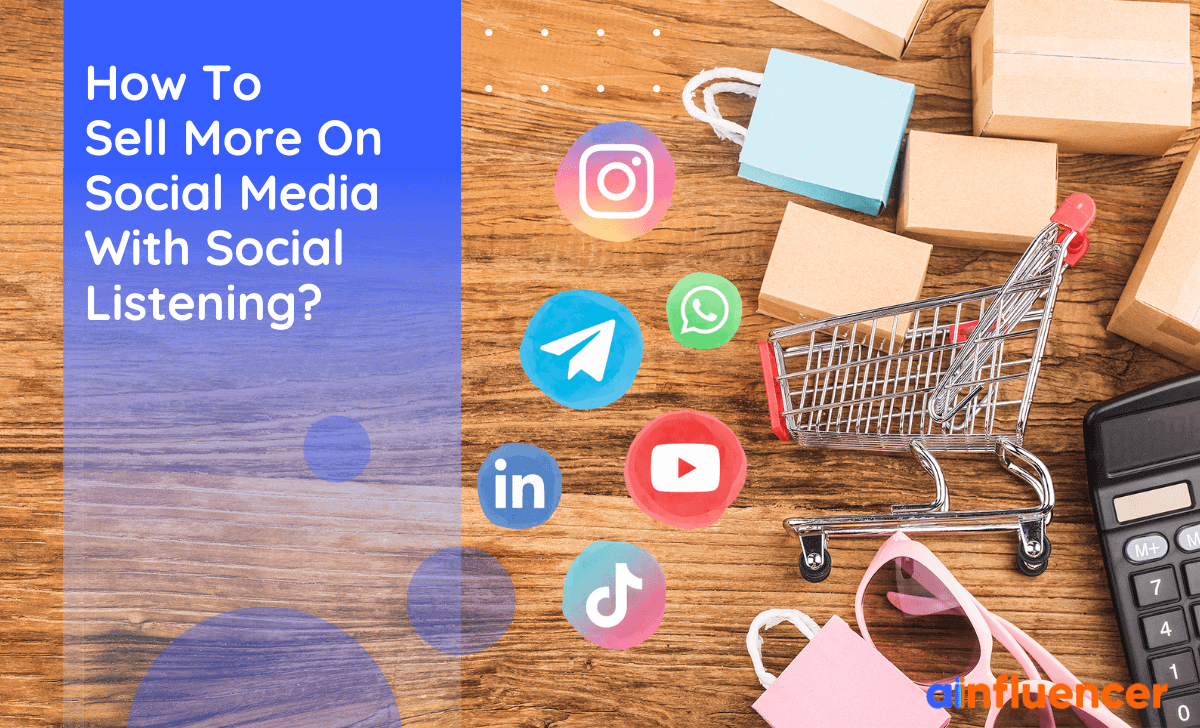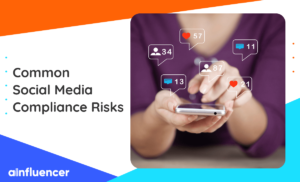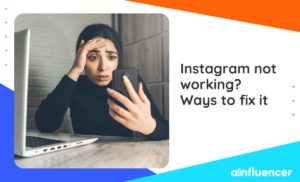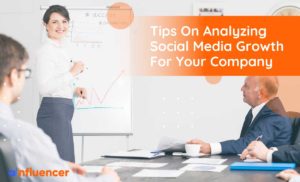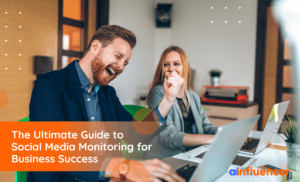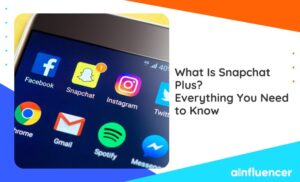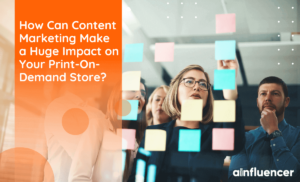Today your customers expect you to be active on social media. You can also start generating sales from the platform. Sales on social media don’t really rest on creating a profile and hoping that people start loving your posts and or visiting your website.
A marketing funnel that converts customers from social media is important for any online business. At the same time, never ignore the role sales reps play in closing deals with the help of social listening.
Salespeople can get the pulse on customer conversations on social media and that’s what social listening can do for us.
A sales funnel is a useful way to make sense of a buyer’s journey. Social listening can help you in this process.
Social listening is when you are monitoring keywords and keyword combinations as well as analyzing social data. The strategy can be used to benefit the sales funnel. Let’s go step-by-step through it.
Sales Funnel
A sales funnel describes the exact steps of a buyer’s journey.
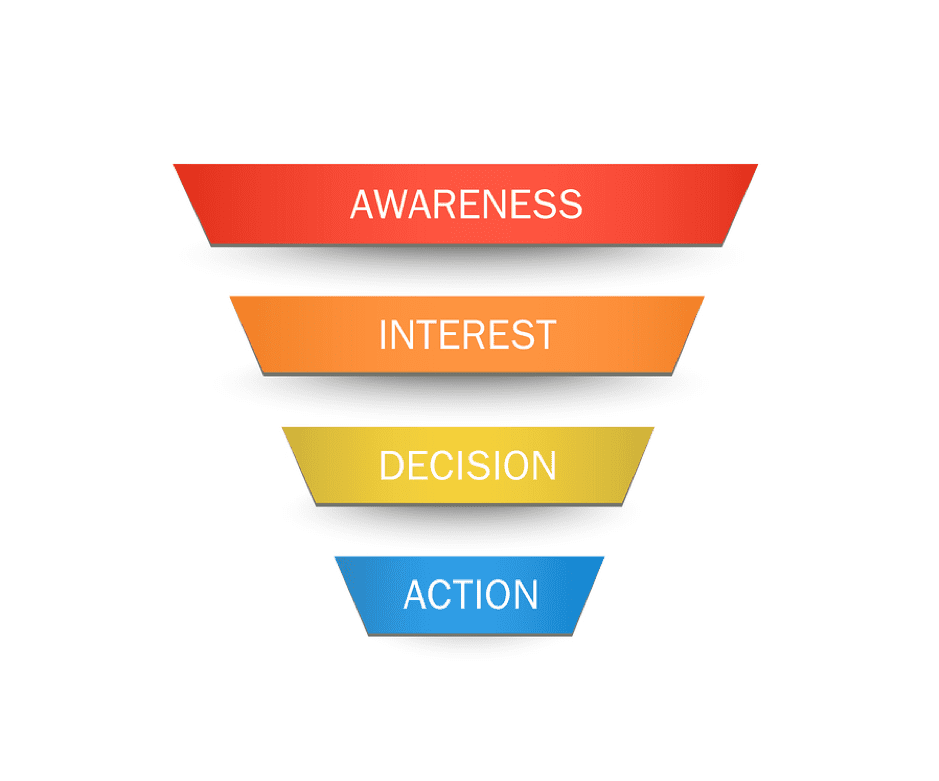
The stages above represent the changes in a customer’s attitude as he travels down the funnel.
They go from strangers to visitors, sales leads, customers, and then promoters of your brand.
The last stage is when you turn the customer into a brand advocate and bring more people to the sales funnel.
Broadly this is what you need to be able to do with your sales funnel.
- Attract
- Convert
- Close
An average buyer’s journey is more complicated and requires evaluation of brand marketing channels and activities to bring the prospect to the bottom of the funnel. Modern marketers use tactics and tools to encourage what works for you.
Awareness
Awareness is the first stage in the sales funnel. This is where you make people aware of your product or service.
Social media is a great place for creating this brand awareness. More customers are discovering your brand on their Twitter or Facebook feed than on tv ads.
Here are a few ways to leverage this trend.
1- Create social media contests
2- Use social media marketing marketplaces
3- Create viral content
4- Run social media ads
5- Outsource your outreach with freelance BDRs
6- Influencer marketing, and more
Note: Use a credible influencer marketplace like Ainfluencer if you’re looking for a quick and simple way to develop your influencer marketing campaigns.
Ainfluencer serves as a middleman to facilitate communication and collaboration between brands and influencers.
With Ainfluencer, brands can quickly browse through a large number of qualified influencers in various categories and narrow down their search by language, gender, location, and other factors.
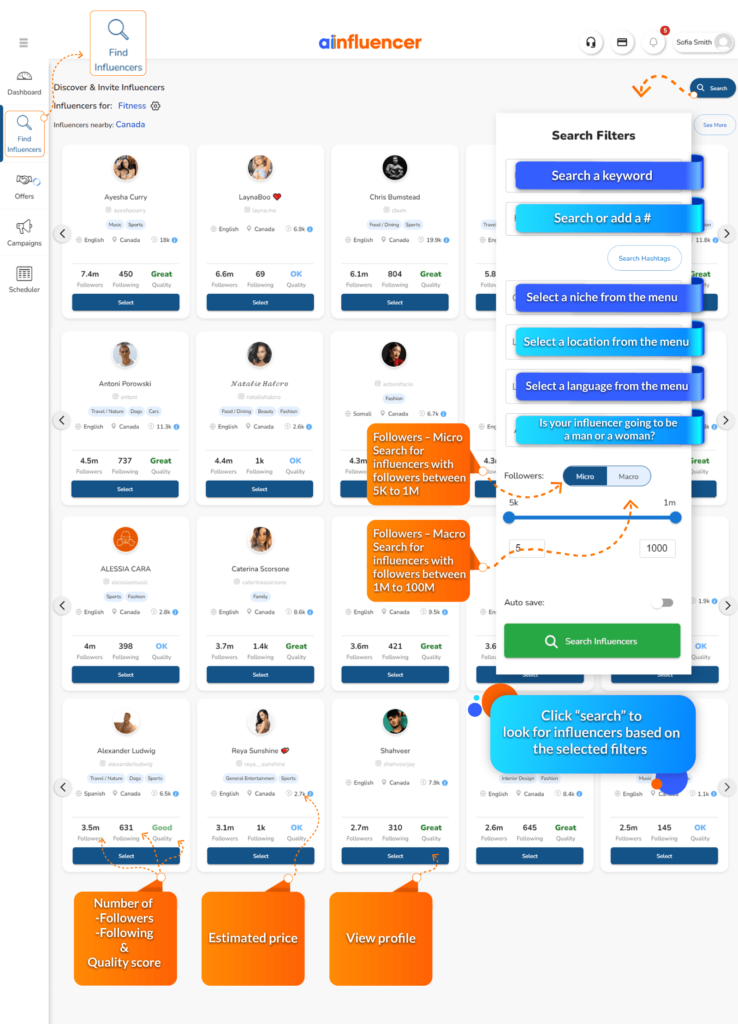
A successful brand marketing strategy begins with the research stage. To reach your target audience know where they are. Select the keywords relevant to your industry and feed them to a social media monitoring tool first to see which platforms drive the biggest chatter around these topics.
That way you can sort platforms by how they matter to you.
The influencer search feature on these tools helps you identify both macro and micro-influencers you can work with.
Interest
The interest stage is also called the evaluation stage. The internet gives us more options than we can count on our fingers. Online we can see countless text-based and video reviews of products we are considering as well as comments from real users.
Research from McKinsey shows that two-thirds of evaluation consists entirely of reviews and word-of-mouth recommendations from friends.
Ensure that the potential customers have all information they may need to make a decision and react to opinions and reviews. Social media monitoring helps you see publicly expressed opinions.
Simply put the name of your brand into a tool and see what people have to say about you.
Tools also help you analyze sentiments behind the mentions be they positive or negative.
Engagement
The progression of someone interested in a brand begins with an interaction first. This can be through live chat, email, or engaging with the brand’s social media profiles either through DMs or comments.
This doesn’t stop at liking a post or sharing it.
Social media platforms understand that comments and response is the most valuable kind of interaction and they promote content that gets this engagement. You can create great digital illustrations that generate high levels of engagement even with the use of procreate free brushes and share them across social media channels.
See tagged mentions from multiple social media networks in one feed in real-time.
- Discover untagged mentions of your brand and engage with them
- Discover new and relevant opportunities
If someone asks for a recommendation on Twitter, you could say that this Twitter user was at the interest stage of the funnel, researching on Twitter which product he should buy. Chances are the reply from a brand at the right time was the last convincing argument for becoming their customer.
Action
The last stage of the sales funnel is the sale or the action stage. No matter how much of a social media marketer you are. You must know that you can sell on social media. You can inform the prospect engage with them and let them make the final decision.
- Low interest and low fit: These are people who know your brand by accident and stayed on owing to curiosity. An example could be someone browsing solutions out of curiosity without an immediate need
- High interest and low fit: The leads want to buy a product but are unlikely to choose yours.
- Low interest and high fit: The leads resemble your target customer but aren’t actively approaching solutions
- High interest and high fit: These leads are the “sweet spot” of people who are actively seeking your type of solution and are likely to convert to buyers.
In our journey, we are always looking for the type 4 people who are both highly interested and are a high fit.
Step-by-step social listening for sales professionals
Before you send your team to start doing sales it’s important to understand the role social listening plays in helping create good relationships with customers.
Here’s how to harness the power of social listening. Here are all the best practices for sales conversations and using social data to close more deals.
Find out where your prospects are online.
Social listening to improve sales can be a bit overwhelming at first. There are so many conversations that are happening simultaneously.
Customers won’t back away from calling out a brand for being too pushy in their effort to close a sale. So, it’s important to listen, understand the context, and then barge into the conversation.
Don’t shoot yourselves in the foot. The best networks differ from business to business. LinkedIn is great for B2B businesses where 80% of B2B leads come from.
You can follow company updates, look at individual employees and build a list of potential candidates to outreach to.

Facebook, Instagram, TikTok are great for B2C brands. Tons of customers survey these platforms every day looking for recommendations. They are also sharing past experiences with products and services.
In addition to this, you can discover active communities on Quora, Reddit, and other sites.
The best strategy is to use a monitoring tool to narrow down sales opportunities.
Identify sales-specific intent
Social listening to identify conversations means tuning into conversations from real-life customers.
Identifying buyer intent boils down to identifying what people are searching for online. Here’s a snapshot of conversations that matter for sales.
Help-specific terms: Such terms signal to us that prospect is potentially looking for specific answers that could translate to a sale. Hot-button keywords that belong under this category are: help, recommend, tips or ideas.
Here’s an example of the same:

Industry terms: Such terms only make sense in the context of your industry. Say in digital marketing, web design, mobile experience, UX, and more that may sound totally normal lingo for us.
Geo-specific terms: For businesses serving a location, it can be words around the specific geography, landmarks, or other geographical markers. In this example see keywords like Westlake center, downtown Seattle, among others.
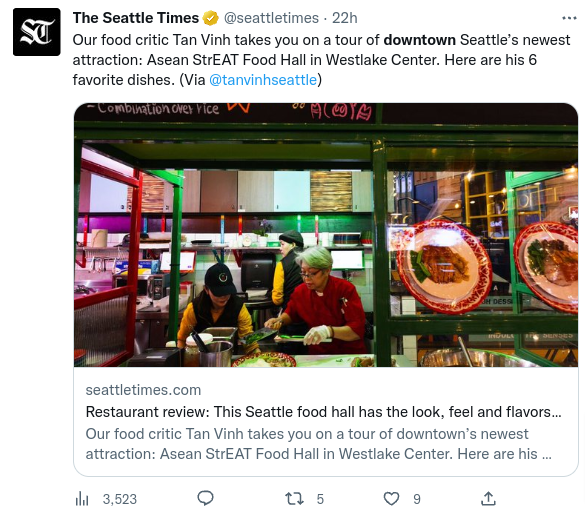
Transactional terms: These terms indicate people are ready to make a decision, discount, pricing cost, and more
Brand mentions: These instances are where there are direct tags or brand mentions.
Capitalize on your competition
You aren’t the only one monitoring social channels for sales.
That’s why it’s important to know and monitor competitor mentions on social media on top of your own. If you respond quickly, you will win over the person looking for help. Reach out and offer them a free trial of your product.
These opportunities are a great way to highlight your unique selling proposition by sharing helpful content. Don’t trash your competition to try to be a winner but rather excel at providing a helping hand.
Even if you don’t make the sale, you can learn more about sales objections or services that a competitor offers that you can’t The mere act of replying shows that you are listening actively and present a positive voice.
Maybe people are disappointed with a lack of a certain feature. Sentiment analysis gives salespeople a better understanding of what people feel about our brand and what your customers expect from you.
Gain more meaningful audience insights
Social media for sales is great for improving your customer personas and filling in more details. What products or services do people want? What challenges are people facing?
Consumers today aren’t shy when it comes to talking about businesses. Starting from demographics to talking about specific pain points, there’s no better place to gather information to give a complete picture to your target audience. Here’s an example of a typical customer persona.

You can fill in all of these points using social media. That’s why it’s important to follow competitors and other publications.
Respond to questions and queries in a timely manner
Timeliness is extremely important when responding to customers on potential sales opportunities.
Moments on social media are fleeting according to research from Sprout Social. If you leave people hanging, that results in lost sales.
Responding within 24 hours is the key to winning customers over.
Real-time access to your audience ensures that you don’t let potential opportunities slip by.
How are you using social listening for sales?
There’s a big place for social media in your sales strategy. Warm up potential relationships. Talk with leads directly and uncover new opportunities. That’s social listening at its best.
